At Young Living, we care about families, and consider our pets to be vital and wonderful parts of our family units. We know our members enjoy sharing oils with their loved ones, and so it makes sense that they would love sharing oils with their pets too! That’s why we’ve devised our fantastic range of Animal Scents® products, all of which can be used to bring new aromas and sensations to our beloved furry friends.
To find out more on how best to use these products and other essential oils, ensuring the safety and happiness of your pets, read below!
Please note: An examination from a veterinarian is recommended prior to using this product range. Consult your veterinarian before applying the product to sick or pregnant animals. Discontinue use if skin irritation occurs.
Basic Do’s and Don’ts
- Firstly, there are many oils that are not suitable for use on pets and can even be poisonous. That’s why caution is so important and why we launched our fantastic Animal Scents® range, all of which allow for a safe introduction between your pets and essential oils.
- As correct dilution is necessary for the safe use of essential oils, do not use oils on or around cats or dogs that are under 8 weeks old as they are still in the early stages of fast development.
- Be sure to heavily dilute all essential oils and use them in moderation as animals are generally more sensitive to application than humans.
- As every animal is different, be sure to carefully observe how your animal responds to essential oils and discontinue use if necessary.
- Be especially careful to not get essential oils in an animal’s eyes during application.
- Always allow cats access to areas of the home where they can avoid essential oils if desired.
- With all animals, avoid using high-phenol oils—such as Oregano, Clove and Thyme. This is especially important with cats.
- Use special caution with cats and essential oils, particularly in the case of citrus oils in terms of inhalation, topical application, and ingesting.
- If your pets are experiencing the use of essential oils for the first time, it may take them a while to adjust to the new scents and sensations they provide. To ensure they feel at their most comfortable during the process of introduction, we recommend allowing for your pets to acclimatise through gentle exposure to the oils. Wear the oils as a perfume, apply the oil to your hands and allow your pets to smell them or use the oils in spaces that your pets associate with relaxation. Please note it is important to watch for signs of irritation in your pets—such as whining, sniffing, nervousness, and excessive scratching, and to stop using the oils if such irritation occurs.
Guidelines on Using Essential Oils for Specific Animals
Using Essential Oils with Dogs
- For large and medium dogs, it is commonly recommended to start with a 10% concentration whereas in small dogs, a 5% concentration is a good starting point (approx. 1 drop of oil per 1 ml of carrier oil for small dogs, and 1 drop of oil per 9 drops of carrier oil for large and medium dogs)
- Since our Animal Scents® products are somewhat prediluted it would be about 1 drop per 7 drops carrier oil in medium and large dogs, and 1 drop in 14 drops of carrier oil for small dogs
- Avoid using with puppies (particularly those under the age of 8 weeks)
- Do not administer internally
- Apply to paws
Using Essential Oils around Cats
- For cats, a common recommendation is to dilute the oil concentration down to about 1% when introducing oils (approx. 1 drop of oil per teaspoon (or 5ml) of carrier oil for cats). It is also not recommended to use oils on cats every day
- Since our Animal Scents® products are somewhat prediluted it would be about 2 drops per 7 ml of carrier oil for cats
- Avoid citrus oils
- Apply to paws
Essential Oils and Birds
- Use with extreme caution
- Always dilute oils thoroughly
- Utilise dilution via a spray bottle for spritzes rather than any sort of direct topical application
Reptiles and Amphibians
- Use with extreme caution
- Avoid tree and citrus oils
- Dilute oils with coconut oil
- Utilise dilution via a spray bottle for spritzes rather than any sort of direct topical application
Using Essential Oils around Horses and Other Large Animals
- Begin with the human usage amount (as found on the label) and dilute heavily
- Mix with water in a spray bottle for easy application
- Start small and use in moderation
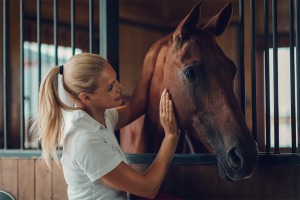

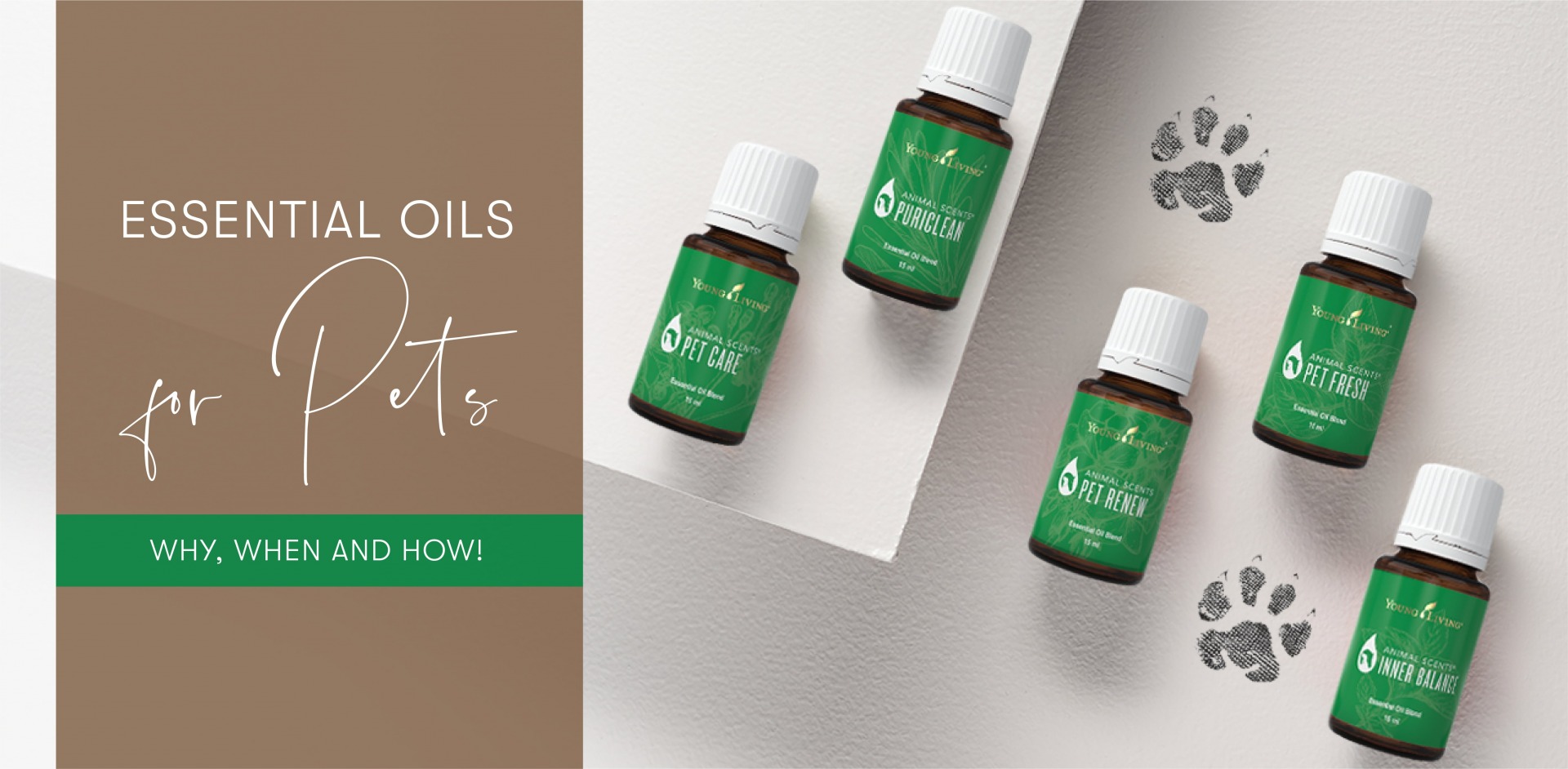
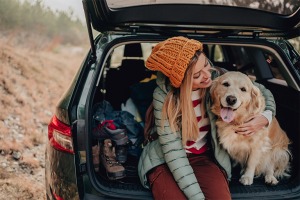
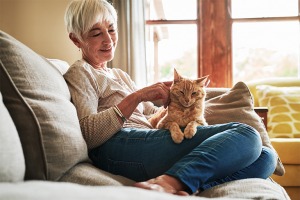
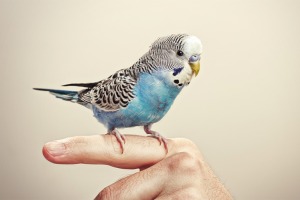
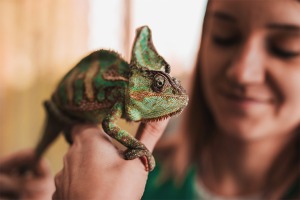















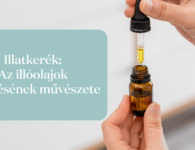
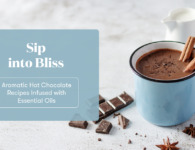

No comments